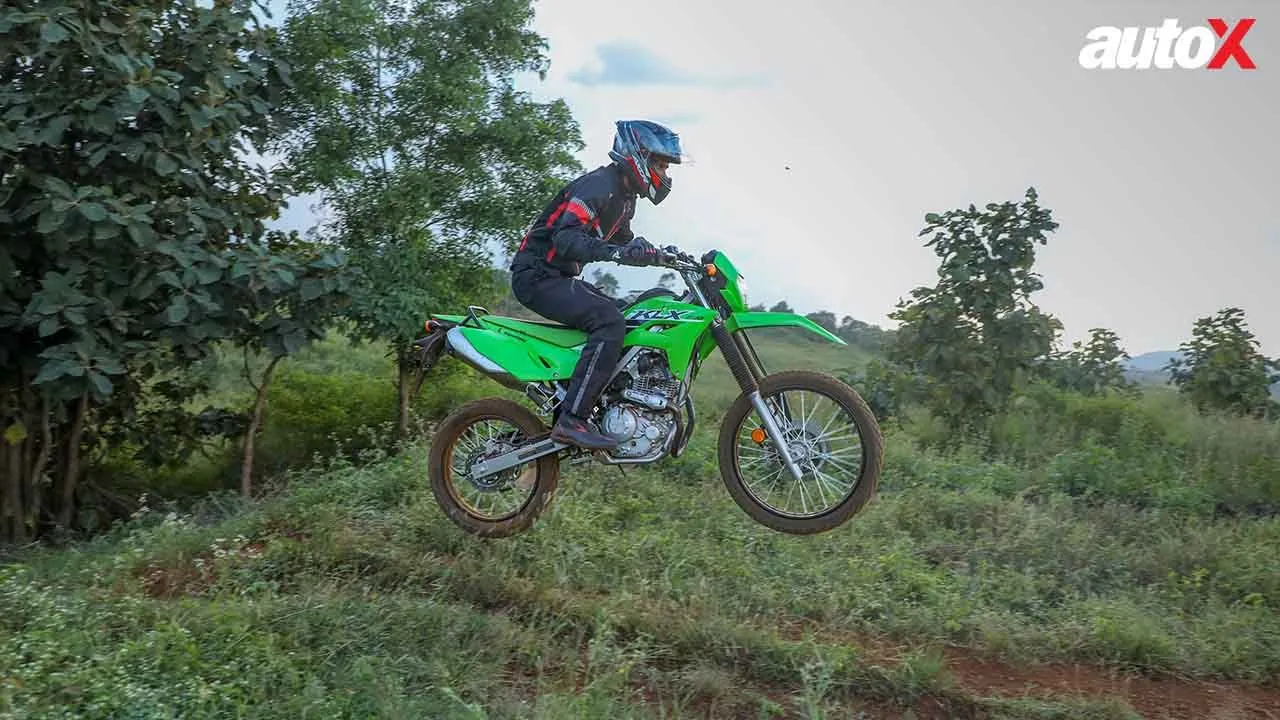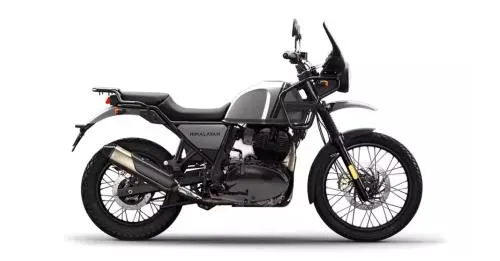2022 KTM RC 390 vs TVS Apace RR 310 vs Kawasaki Ninja 300: Spec Comparison
KTM recently launched the 2022 RC 390 and there are quite a few changes compared to the outgoing model. Hence, we put the new one head-to-head with its immediate rivals to find out which motorcycle takes the win, on-paper at least.

On paper, the KTM seems to have better performance figures, but what do the Kawasaki Ninja 300 and TVS Apache RR 310 bring to the table?
The KTM RC 390 has undergone a major revamp, and the 2022 model has just been launched in India. Apart from its design and features list, the RC 390’s specs have also been updated. This means that a spec comparison with its immediate rivals – the TVS Apache RR310 and Kawasaki Ninja 300 – is in order. The idea is to see which motorcycle can claim to be the superior machine of the trio – on paper, that is.
Dimensions
|
Measurements |
KTM RC 390 |
TVS Apache RR 310 (BTO) |
Kawasaki Ninja 300 |
|
Seat Height |
835mm |
810mm |
780mm |
|
Wheelbase |
1340mm |
1365mm |
1405mm |
|
Ground Clearance |
153mm |
180mm |
140mm |
|
Kerb Weight |
172kg |
174kg |
179kg |
|
Fuel Tank Capacity |
13.7 litres |
11 litres |
17 litres |
|
Tyre Size (F/R) |
110/70 R17 (F) / 150/60 R17 (R) |
110/70 R17 (F) / 150/60 R17 (R) |
110/70 R17 (F) / 140/70 R17 (R) |
Height-wise, it’s the RC390 that will demand a lot, as it has the highest seat of the three. The Ninja, on the other hand, will be the easiest for short riders.
When it comes to the wheelbase, the RC 390 is the shortest, while the Ninja is the longest. The RC 390 comes across as the more flickable motorcycle (it is also the lightest), whereas the Ninja feels better suited to touring. The Ninja also has the largest fuel tank, but the Apache falls short in this area, with a relatively small tank.
As far as tyres go, all bikes have 17-inch rims on both ends, with the front tyre being of the same size in all three. At the rear, the KTM and TVS go head-to-head with similarly-sized tyres, but the Ninja falls slightly short, as its rear tyre is one size smaller.
Overall, the KTM RC 390 comes across as the more lap-time oriented motorcycle, while the Kawasaki Ninja feels better suited to touring at high speeds. The TVS Apache RR 310 seems to take the best possible middle ground between the two.
Engine and Transmission
|
Powertrain |
KTM RC 390 |
TVS Apache RR 310 (BTO) |
Kawasaki Ninja 300 |
|
Displacement |
373cc, single-cylinder |
312cc, single-cylinder |
296cc, twin-cylinder |
|
Max Power |
43bhp @ 9,000rpm |
33.5bhp @ 9,700rpm |
38.5bhp @ 11,000rpm |
|
Peak Torque |
37Nm @ 7,000rpm |
27.3Nm @ 7,700 |
26.1Nm @ 10,000rpm |
|
Transmission |
6-speed, bi-directional quick-shifter |
6-speed |
6-speed |
In terms of engine, the KTM and the TVS both have a single-cylinder motor, whereas the Ninja has a higher-revving twin-cylinder layout. The RC 390’s engine makes the most power and torque, and it is also the only motorcycle to come with a bi-directional quick-shifter. The Apache RR310’s motor makes the least power, and the Ninja 300 is the weakest in terms of torque figure. Plus, its peak torque is achieved a lot higher in the rev range than the other two motorcycles, meaning you will have to wring it a lot more to match similar levels of performance from the KTM and TVS.
Price
|
Ex-showroom Prices |
KTM RC 390 |
TVS Apache RR 310 (BTO) |
Kawasaki Ninja 300 |
|
Price Range |
Rs 3.14 lakh |
Rs 2.72 lakh |
Rs 3.37 lakh |
The Ninja 300 is the most expensive motorcycle of the lot, which is primarily because of its twin-cylinder engine layout. It feels overpriced in comparison to the competition, but it's better measured in terms of experience than the number of features or power figures it offers. The RC 390 has seen a sharp rise in price, but it also offers the best performance and features of the three. The Apache RR 310 takes the middle ground, as it is relatively less expensive than the other two and offers decent performance and features for the price it demands.
Takeaway
On paper, the case looks very clear. The KTM RC 390 is best suited for those who want maximum performance. The Kawasaki Ninja 300 on the other hand is better suited for those who are into long road trips and look for riding pleasure instead of outright performance. The TVS Apache RR 310 sits somewhere between the two, offering a bit of both worlds. Plus, it costs way less than the other two.





-(1).webp)



.webp)





















Write your Comment on